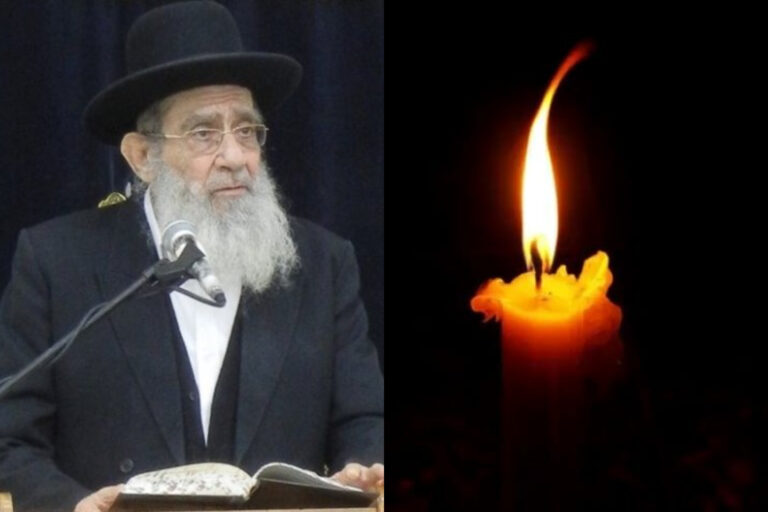 Iran will go on refining uranium “with intensity” and the number of enrichment centrifuges it has operating will rise substantially in the current year, the country’s nuclear energy chief was quoted as saying on Wednesday.
Iran will go on refining uranium “with intensity” and the number of enrichment centrifuges it has operating will rise substantially in the current year, the country’s nuclear energy chief was quoted as saying on Wednesday.
The comments by Fereydoun Abbasi-Davani, head of Iran’s Atomic Energy Organisation, signalled continued defiance in the face of international demands that Tehran halt enrichment to the higher 20 percent fissile purity level, close down its Fordow enrichment plant, and ship out its stockpile of the material.
But Abbasi-Davani also said Iran would continue and possibly raise its output of reactor fuel using 20 percent enriched uranium, which could allay concerns that a growing stockpile of the higher-grade material could be put to making atom bombs.
Both sides now say they want to resume talks soon, after this month’s re-election of U.S. President Barack Obama.
Diplomats expect a new meeting in Istanbul later this year or in January. One diplomatic source said the powers would propose the first half of December but that the following month was more likely.
Iran has faced a tightening of Western trade sanctions in the last two years, with the United States and its allies hoping the measures will force Iran to curb its nuclear programme.
“Despite the sanctions, most likely this year we will have a substantial growth in centrifuge machines and we will continue enrichment with intensity,” state television quoted Abbasi-Davani as saying. The Iranian calendar year ends on March 20.
But Abbasi-Davani did not say whether Iran would increase the work that most worries the West, the higher-grade enrichment of uranium to 20 percent purity, as opposed to the lower-grade enrichment to 3.5 percent level needed for nuclear power plants.
NO ARAK “PROBLEMS”
Iran says it needs 20 percent refined uranium to turn into fuel for a medical research reactor in Tehran, and argues its nuclear programme has purely peaceful purposes.
Abbasi-Davani said Iran was continuing its production of fuel to power the Tehran reactor – which uses fuel converted from 20 percent enriched uranium – and could possibly increase its production from two “complexes” of fuel per month to three, according to state news agency IRNA.
That could help ease concerns over a recent increase in Iran’s higher-grade uranium stockpile which Western countries fear could be diverted for use in a possible weapons programme.
A U.N. nuclear watchdog report issued this month showed that Iran in late September suddenly stopped converting 20 percent enriched uranium into oxide powder used at the Tehran reactor.
Because Iran’s enrichment work at the same time continued unabated, the halt meant that its stockpile of the higher-grade uranium rose by nearly 50 percent to 135 kg in November compared with the level in the previous quarterly report in August.
Iran started producing 20 percent-enriched uranium at the Fordow site, buried deep inside a mountain, in late 2011 and has been operating 700 centrifuges there since January.
A U.N. report earlier this month said that the Islamic state has put in place the nearly 2,800 centrifuges that Fordow was designed for, and is poised to double the number of them operating to roughly 1,400 from 700 now.
Abbasi-Davani said the Arak research reactor, which Western experts say could potentially offer Iran a second route to material for a nuclear bomb, faced “no problems” and was progressing towards a launch as normal, IRIB reported.
This month’s U.N. report showed that Iran has postponed until 2014 the planned start-up of the Arak complex, which analysts say could yield plutonium for nuclear arms if the spent fuel is reprocessed.
(Reuters)










